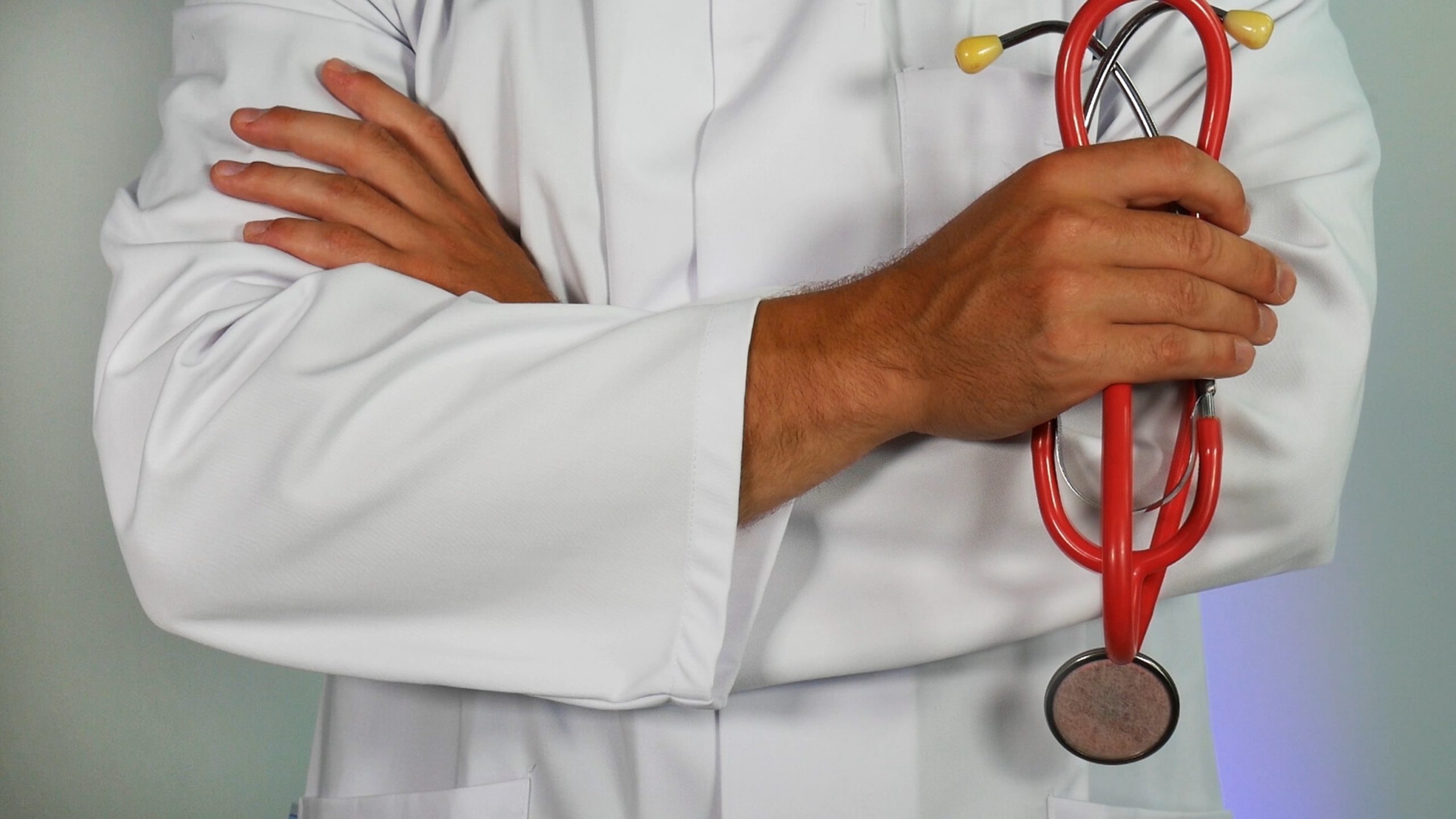Sitting in a waiting room for a doctor’s appointment is a nerve- wracking experience. In fact, it’s so intense, the Cleveland Clinic reports that one of every three Americans avoid going to the doctor – even when they think they need medical attention – due to the intense anxiety felt when there.
What happens when these feelings of anxiety not only affect you mentally, but physically as well?
White coat syndrome, or the white coat effect, is when one’s blood pressure readings are higher when taken in a medical setting than they are when taken in other settings where you’re more comfortable, like at home, according to Healthline.
People who have had negative experiences while at the doctor are more prone to having anxiety while in medical settings. This anxiety can increase your blood pressure reading.
The way white coat syndrome is viewed in the medical community has slightly shifted as more people have experienced it. The old thinking process was that if, once you left the doctor, your blood pressure dropped back to normal, you were good to go. However, this is no longer the case.
According to an article written by Dr. Sheldon Sheps for Mayo Clinic, a white coat syndrome diagnosis is now seen as a signal that you’re at risk of developing high blood pressure as a long-term condition rather than a fluke at the doctor’s office.
In fact, a study published in the Journal of the American College of Cardiology found that people diagnosed with white coat syndrome had a higher risk of stroke, heart attack, heart failure, heart disease and various other heart conditions.
While there are no medical treatments for white coat syndrome, multiple medical websites advise the following precautions (listed on right) to help overcome the anxiety that comes with doctor visits.
3 Tips to help combat white coat syndrome
1. Watch What You Eat
Eating sodium-laden foods and drinking multiple cups of coffee are two food categories that increase nerves and blood pressure. Try to “eat clean,” meaning whole foods and lots of water, the day of your doctor’s appointment. Knowing you have taken this extra step may ease some of the stress.
2. Practice Meditation
*If you experience white coat syndrome, talk to your doctor about your risks and what you can do to prevent developing high blood pressure.
Related Articles:
Will a glass of water a day keep the doctor away?

